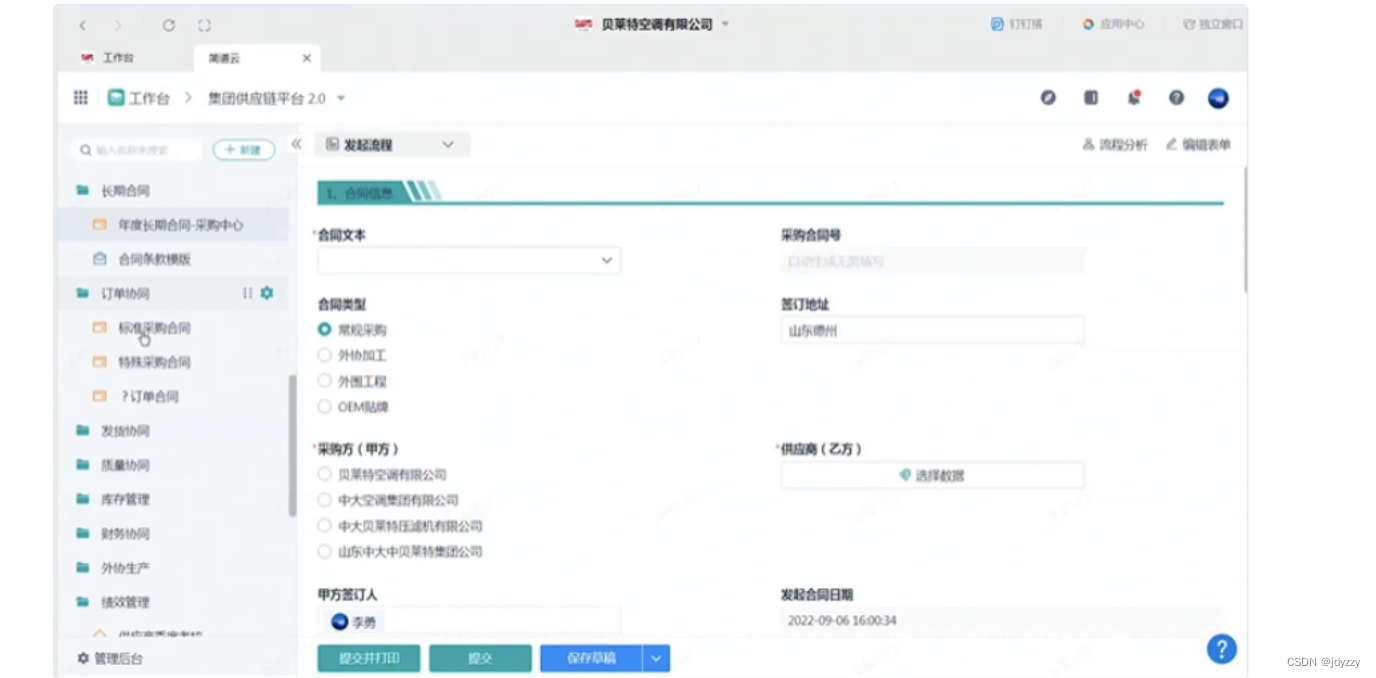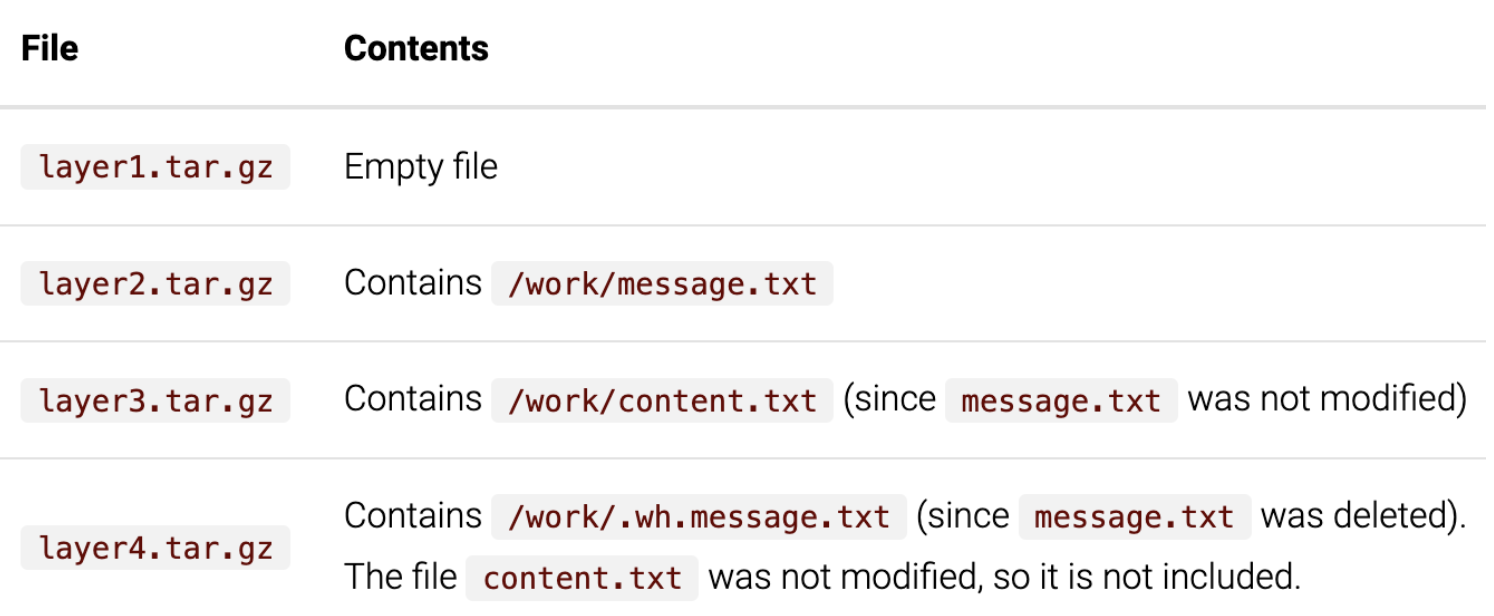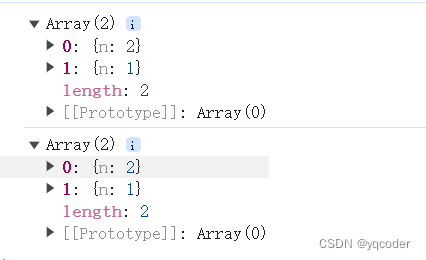目录
- 写在前面
- Nginx03
- 案例1 模拟视频下载网站
- 自动索引autoindex
- 基础认证auth_basic模块
- 状态stub_status模块
- 模块小结
- 案例2 动态网站(部署php代码)
- 概述
- 常见的动态网站的架构
- LNMP
- 架构流程
- 数据库Mariadb
- 安装
- 安全配置
- 基本操作
- PHP
- 安装php
- 修改配置文件
- Nginx+Wordpress
- 编辑Nginx
- 安装wordpress
- 访问主页
写在前面
这是Nginx第三篇,内容为Nginx自动索引模块、基础认证模块、状态模块、动态资源介绍、LNMP介绍与实验等。
上篇笔记 Nginx02-Nginx虚拟主机介绍、日志介绍、Location规则介绍
Nginx03
案例1 模拟视频下载网站
需求:
- 浏览器打开,显示目录结构(autoindex模块)
- 部分文件夹需登录认证功能(auth_basic模块)
- 统计nginx服务,访问状态(stub_status模块)
- 域名:v.test.com,目录:/app/code/v
ngx模块是众多ngx指令的集合.
自动索引autoindex
首页不存在时,会使用autoindex模块
- autoindex on: 开启目录索引功能(显示站点目录下的文件的列表,首页文件不存在.)
- autoindex_localtime on: 显示本地时间.
- autoindex_exact_size off:是否显示精确的文件的大小. off表示以人类可读形式显示大小
实现浏览器打开,显示目录结构(文件模拟即可)
# 设置子配置文件
[root@front conf.d]# cat v.test.com.conf
server {listen 80;server_name v.test.com;root /app/code/v;error_log /var/log/nginx/v.test.com-error.log notice;access_log /var/log/nginx/v.test.com-access.log main;autoindex on; #开启目录索引功能(首页文件不存在时,显示站点目录下的文件的列表)charset utf8; # 中文字符autoindex_localtime on; # 系统本地时间autoindex_exact_size off; # 人类可读的大小显示location / {index index.html;}
}# 新建目录
[root@front conf.d]# mkdir -p /app/code/v
[root@front conf.d]# touch /app/code/v/test{1..10}.mp4# 检查语法并重启服务
[root@front conf.d]# nginx -t
nginx: the configuration file /etc/nginx/nginx.conf syntax is ok
nginx: configuration file /etc/nginx/nginx.conf test is successful
[root@front conf.d]# systemctl reload nginx基础认证auth_basic模块
nginx中最基础的认证模块
- auth_basic “请输入密码:”; #输出提示,根据不同浏览器,可能不显示.
- auth_basic_user_file conf/htpasswd; #指定用户名,密码文件
登录认证
登陆的用户有auth目录,需要登录才能访问,直接退出会401报错
# 修改子配置文件
[root@front conf.d]# cat v.test.com.conf
server {listen 80;server_name v.test.com;root /app/code/v;error_log /var/log/nginx/v.test.com-error.log notice;access_log /var/log/nginx/v.test.com-access.log main;autoindex on;charset utf8;autoindex_localtime on;autoindex_exact_size off;location / {index index.html;}location /auth/ { # 新增locationauth_basic "提示-请输入密码:"; #认证提示auth_basic_user_file /etc/nginx/user; #认证密码文件路径}
}# 新建目录
[root@front conf.d]# mkdir -p /app/code/v/auth/
[root@front conf.d]# touch /app/code/v/auth/auth{1..5}.mp5# 新建密码文件
## 安装httpd-tools,需要用到htpasswd工具
[root@front conf.d]# yum install -y httpd-tools## 创建加密的密码文件并新增用户
[root@front conf.d]# htpasswd -bc /etc/nginx/user test test #-b不使用交互模式,-c新增一个密码文件(若有内容会清空)
Adding password for user test
[root@front conf.d]# htpasswd -b /etc/nginx/user tassel tassel
Adding password for user tassel
[root@front conf.d]# cat /etc/nginx/user
test:$apr1$DYOgLaoY$GKNgriUjduo/r7s5ous4v.
tassel:$apr1$iQF6rDr0$.Pwe8qmNOi6jxUMD4deI4.## 修改权限
[root@front conf.d]# chmod 600 /etc/nginx/user
[root@front conf.d]# chown nginx.nginx /etc/nginx/user# 语法检查并重启
[root@front conf.d]# nginx -t
nginx: the configuration file /etc/nginx/nginx.conf syntax is ok
nginx: configuration file /etc/nginx/nginx.conf test is successful
[root@front conf.d]# systemctl reload nginx
状态stub_status模块
显示nginx当前状态,信息。显示nginx服务的状态,用户访问的状态.
stub_status; #显示nginx
# 编写子配置文件
[root@front conf.d]# cat v.test.com.conf
server {listen 80;server_name v.test.com;root /app/code/v;error_log /var/log/nginx/v.test.com-error.log notice;access_log /var/log/nginx/v.test.com-access.log main;autoindex on;charset utf8;autoindex_localtime on;autoindex_exact_size off;location / {index index.html;}location /auth/ {auth_basic "提示-请输入密码:";auth_basic_user_file /etc/nginx/user;}location /status/ { # 新增此部分,注意,此部分是uri,而不是一个文件夹,所以可以不用新建该路径文件夹stub_status; #启用统计功能,注意,显示所有站点,而非仅当前虚拟主机}
}# 语法检查并重启
[root@front conf.d]# nginx -t
nginx: the configuration file /etc/nginx/nginx.conf syntax is ok
nginx: configuration file /etc/nginx/nginx.conf test is successful
[root@front conf.d]# systemctl reload nginx# 内容解析
## 压测
[root@front conf.d]# ab -n 999999 -c 3 -H Host:v.test.com http://192.168.100.148/
# ab是Apache Bench的缩写,它是一个用于测试Web服务器性能的工具。ab可以发送多个HTTP请求到服务器,并报告服务器的响应时间、传输速度等性能指标。命令行中的参数含义如下:
# -n 999999:指定总共发送的请求次数为999999次。
# -c 3:指定并发连接数为3,即同时有3个请求发送到服务器。
# -H Host:v.test.com:添加一个HTTP请求头,设置Host头的值为v.test.com。这通常用于测试虚拟主机的性能,或者当服务器根据Host头来处理请求时。
# http://192.168.100.148/:指定要测试的服务器的URL。这里是一个本地网络中的IP地址,表示ab将向该地址发送请求。## status下内容
Active connections: 3
server accepts handled requests61576 61576 61579
Reading: 0 Writing: 1 Waiting: 2
# Active connections: 当前活动状态的连接数。这是当前Nginx正在处理的连接数量,包括正在读取请求、正在写入响应或正在等待客户端发送下一个请求的连接。
# server accepts handled requests下的三个参数:
# accepts: 总共接受的连接数。这是自从Nginx启动以来接受的连接总数。
# handled: 总共处理的连接数。通常这个数字和accepts相同,因为Nginx能够处理所有接受的连接。
# requests: 总共处理的请求数。这是自从Nginx启动以来处理的总请求数量。这个数字可能会比accepts大,因为同一个连接可能会发送多个请求(例如,在一个Keep-Alive连接中)。
# Reading: 当前正在读取请求头的连接数。这是Nginx正在从客户端读取请求头的连接数量。
# Writing: 当前正在写入响应的连接数。这是Nginx正在向客户端发送响应的连接数量。
# Waiting: 当前等待请求的空闲连接数。这是打开着但是目前没有读取或写入活动的连接数量。这些连接可能处于Keep-Alive状态,等待客户端发送下一个请求。- 状态模块中的指标:
| 指标 | 说明 |
|---|---|
| Active connections | 当前已经建立的连接数(est)和等待数量,体现Nginx并发能力 |
| server accepts | 已经接收到客户端的连接总数 |
| handled | 服务端已经处理的连接 |
| requests | 客户端发出请求的总数 |
| reading | 正在读取的请求头连接数量 |
| writing | 正在进行的响应的连接数量 |
| waiting | 排队数量,反映排队情况 |
模块小结
- nginx模块就是nginx指令的集合
| 模块 | 模块中的核心指令 |
|---|---|
| 目录索引模块 | autoindex on; |
| 认证功能模块 | auth_basic_user_file; |
| 访问控制模块 | allow,deny |
| 状态模块 | stub_status |
| nginx 核心模块 | root,location,error_log,server_name,listen |
| nginx 日志模块 | access_log,log_format,error_log |
案例2 动态网站(部署php代码)
概述
| 网站架构 | 说明与特点 | 性能 | 1句话说明 |
|---|---|---|---|
| 静态网站 | 网站仅仅包含HTML、CSS样式、JS脚本、图片、视频等静态资源。只需要web服务器即可:nginx,可以承受较高的访问量。不支持动态的功能,如注册、评论,功能单一。 | 高 | 浏览器端解析(客户端解析),服务端仅仅负责发送. |
| 动态网站 | 动态网站一般是通过开发语言实现:Java、PHP、Python、Golang等。动态资源页面需要服务器进行处理:nginx+php/tomcat+数据库。 | 一般 | 动态请求需要服务端进行处理与解析,把结果给用户. |
- 区分静态/动态资源:
- url中包含
&或?一般都是动态资源
常见的动态网站的架构
L: Linux, N: Nginx, M: Mysql, A: Apache, W: Windows
- PHP:LNMP(LEMP), LAMP, WNMP/WAMP
- Java: LNMT(Tomcat,Jetty,Weblogic,Jboss)
- Python: LNMP(Python,uwsgi)
- Golang: LNMG(Golang)
- C/C++
LNMP
架构流程
- 用户通过http协议发送请求
- Nginx分流动/静态资源,静态自己处理,动态请求丢给PHP
- Nginx通过fastcgi协议把动态请求丢给PHP
- PHP处理动态请求,若需要数据,则连接数据库Mysql
数据库Mariadb
安装
yum install -y mariadb-server
# mariadb-server 服务端
# mariadb 客户端systemctl start mariadb
systemctl enable mariadb# 验证
[root@db01 ~]# ss -tunlp | grep mysql
tcp LISTEN 0 80 *:3306 *:* users:(("mysqld",pid=14433,fd=21))
[root@db01 ~]# ps -ef | grep mysql
mysql 14433 1 0 20:35 ? 00:00:00 /usr/libexec/mysqld --basedir=/usr
root 14974 14928 0 20:39 pts/0 00:00:00 grep --color=auto mysql
安全配置
mysql_secure_installation #仅仅刚安装的时候运行.仅首次运行即可.
#用于设置root密码,清理用户和清理临时库.Enter current password for root (enter for none): #回车即可
OK, successfully used password, moving on...Setting the root password ensures that nobody can log into the MariaDB
root user without the proper authorisation.You already have a root password set, so you can safely answer 'n'.Change the root password? [Y/n] y #输入y
New password: #输入密码
Re-enter new password: #再次输入密码
Password updated successfully!
Reloading privilege tables..... Success!Remove anonymous users? [Y/n] y #y删除数据库中的匿名用户... Success!Disallow root login remotely? [Y/n] y #y禁止root远程登陆... Success!Remove test database and access to it? [Y/n] y #y删除test测试用数据库Reload privilege tables now? [Y/n] y #y更新权限信息表... Success!基本操作
- 进入数据库
mysql -uroot -p密码 [-h IP]
#不要有空格,也可以不输入密码,等交互式时输入
数据库基本概念请自行了解,库->表->字段(属性/投影/列)->记录(元组/行)
- 查看
# 查看数据库
MariaDB [(none)]> show databases;
+--------------------+
| Database |
+--------------------+
| information_schema |
| mysql |
| performance_schema |
+--------------------+
3 rows in set (0.001 sec)# 查看表
MariaDB [(none)]> show tables from mysql;
+---------------------------+
| Tables_in_mysql |
+---------------------------+
| column_stats |
| columns_priv |
| db |
| event |
...#查看某些字段(列),筛选记录(行)
## 筛选mysql数据库中user表的user和host列的记录
## -G行的内容以列显示
MariaDB [(none)]> select user,host from mysql.user ;
+------+-----------+
| user | host |
+------+-----------+
| root | 127.0.0.1 |
| root | ::1 |
| root | localhost |
+------+-----------+
3 rows in set (0.000 sec)- 创建
# 创建数据库
MariaDB [(none)]> create database test;
Query OK, 1 row affected (0.000 sec)MariaDB [(none)]> show databases;
+--------------------+
| Database |
+--------------------+
| information_schema |
| mysql |
| performance_schema |
| test |
+--------------------+
4 rows in set (0.001 sec)# 创建用户,进行授权
MariaDB [(none)]> grant all on test.* to 'test'@'%' identified by 'test';
Query OK, 0 rows affected (0.000 sec)
## grant 权限 on 数据库.表 to '用户'@'登录白名单' identified by '密码';
## 一般localhost表示只能在数据库本地使用.
## 可以通过192.168.100.% 进行授权局域网访问. 其他局域网机器可以访问数据库.
## 只给个 % 表示所有人可以访问(不安全). %不包含localhost.
### ALL: 所有可用的权限
### CREATE: 创建库、表和索引
### LOCK_TABLES: 锁定表
### ALTER: 修改表
### DELETE: 删除表
### UPDATE: 更新数据
### INSERT: 插入表或列
### SELECT: 检索表或列的数据
### CREATE_VIEW: 创建视图
### SHOW_DATABASES: 列出数据库
### DROP: 删除库、表和视图
- 删除
# 删除数据库
MariaDB [(none)]> drop database test;
Query OK, 0 rows affected (0.001 sec)MariaDB [(none)]> show databases;
+--------------------+
| Database |
+--------------------+
| information_schema |
| mysql |
| performance_schema |
+--------------------+
3 rows in set (0.000 sec)# 删除用户(revoke删除授权)
MariaDB [(none)]> drop user 'test'@'%';
Query OK, 0 rows affected (0.001 sec)MariaDB [(none)]> select user,host from mysql.user;
+------+-----------+
| user | host |
+------+-----------+
| root | 127.0.0.1 |
| root | ::1 |
| root | localhost |
+------+-----------+
3 rows in set (0.001 sec)
PHP
选择php 7.x
安装php
# 安装php
## 若是centos7,可以输入以下yum源和安装命令
[root@front conf.d]# cat /etc/yum.repos.d/php.repo
[webtatic-php]
name = php Repository
baseurl = http://us-east.repo.webtatic.com/yum/el7/x86_64
enabled = 1
gpgcheck = 0[root@front conf.d]# yum install -y php72w php72w-cli php72w-common php72w-devel php72w-embedded php72w-gd php72w-mcrypt php72w-mbstring php72w-pdo php72w-xml php72w-fpm php72w-mysqlnd php72w-opcache php72w-pecl-memcached php72w-pecl-redis php72w-pecl-mongodb## centos8可以直接使用默认的yum源安装
[root@front conf.d]# yum install -y php*
[root@front conf.d]# php -v
PHP 7.2.24 (cli) (built: Oct 22 2019 08:28:36) ( NTS )
Copyright (c) 1997-2018 The PHP Group
Zend Engine v3.2.0, Copyright (c) 1998-2018 Zend Technologieswith Zend OPcache v7.2.24, Copyright (c) 1999-2018, by Zend Technologies# 启动php
[root@front conf.d]# systemctl enable php-fpm --now
Created symlink /etc/systemd/system/multi-user.target.wants/php-fpm.service → /usr/lib/systemd/system/php-fpm.service.修改配置文件
php默认使用的时apache,但要求用nginx,所以修改配置文件,使其使用nginx
yum安装的php,默认listen监听的是socket,要修改成127.0.0.1:9000
[root@front conf.d]# egrep -n "^user|^group" /etc/php-fpm.d/www.conf
24:user = apache
26:group = apache
[root@front conf.d]# egrep -n "^listen" /etc/php-fpm.d/www.conf
38:listen = /run/php-fpm/www.sock# 修改配置文件
[root@front conf.d]# sed -i 's/user = apache/user = nginx/g' /etc/php-fpm.d/www.conf
[root@front conf.d]# sed -i 's/group = apache/group = nginx/g' /etc/php-fpm.d/www.conf
[root@front conf.d]# egrep -n "^user|^group" /etc/php-fpm.d/www.conf
24:user = nginx
26:group = nginx[root@front conf.d]# sed -i 's/listen = /run/php-fpm/www.sock/listen = 127.0.0.1:9000/g' /etc/php-fpm.d/www.conf
sed: -e expression #1, char 18: unknown option to `s'
[root@front conf.d]# sed -i 's|listen = /run/php-fpm/www.sock|listen = 127.0.0.1:9000|g' /etc/php-fpm.d/www.conf
[root@front conf.d]# egrep -n "^listen" /etc/php-fpm.d/www.conf
38:listen = 127.0.0.1:9000
Nginx+Wordpress
编辑Nginx
# 编写子配置文件
[root@front conf.d]# cat blog.test.com.conf
server {listen 80;server_name blog.test.com;root /app/code/blog;error_log /var/log/nginx/blog.test.com-error.log notice;access_log /var/log/nginx/blog.test.com-access.log main;location / {index index.php;}location ~* \.php$ {# foward to phpfastcgi_pass 127.0.0.1:9000;fastcgi_index index.php;# 修改以下fastcgi_param SCRIPT_FILENAME $document_root$fastcgi_script_name;include fastcgi_params;}
}#
安装wordpress
官方下载链接:https://wordpress.org/download/releases/#branch-61
我选用的是6.1.1
# 解压并移动到对应站点目录
unzip wordpress-6.1.1.zip
mv wordpress/* /app/code/blog/# 修改权限
[root@front conf.d]# chown -R nginx.nginx /app/code/blog
访问主页
wordpress的教程网上特别多,这里不赘述,只是作为动态资源的演示
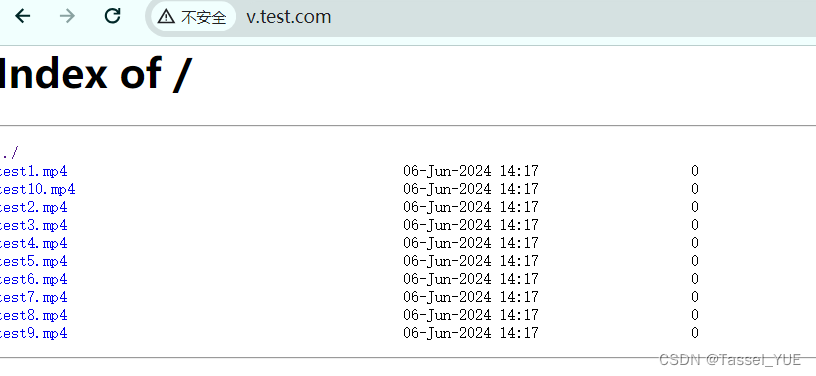
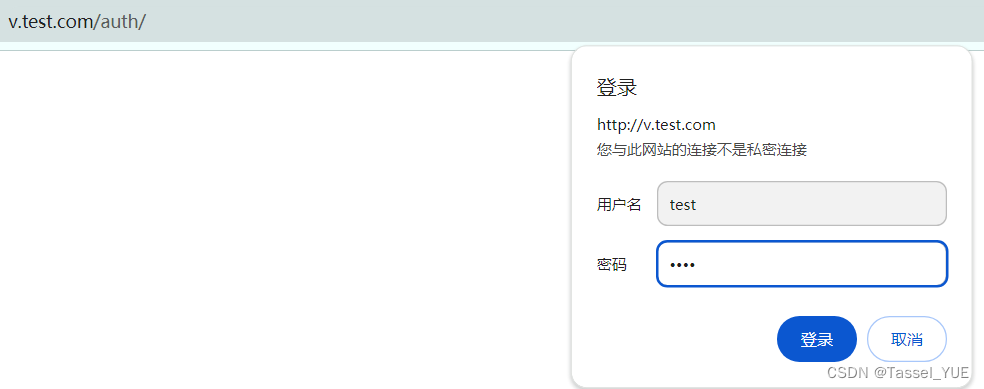
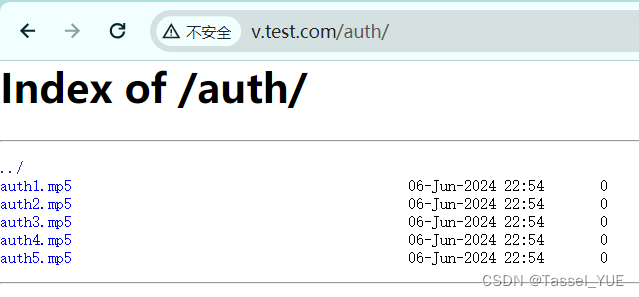






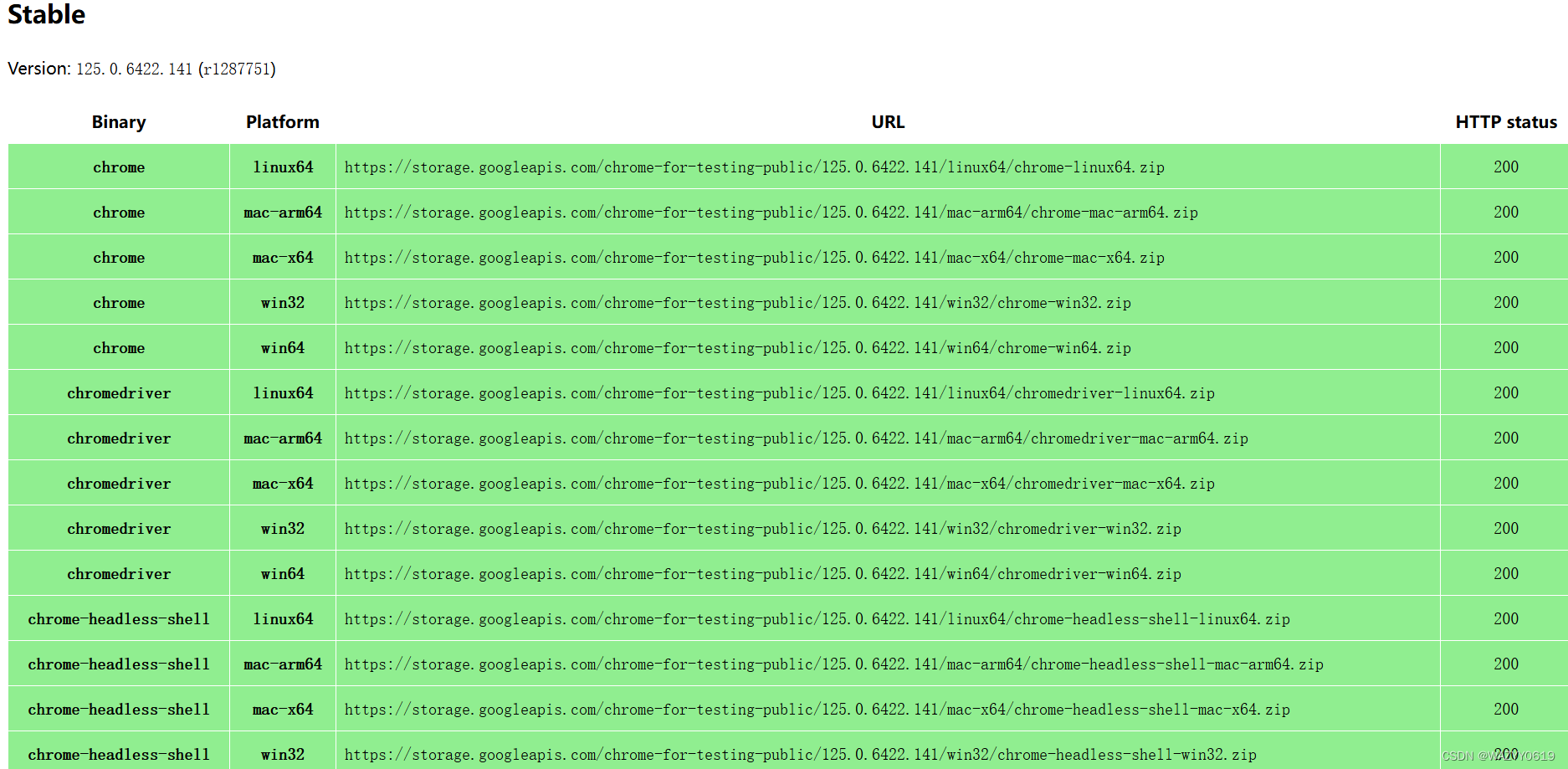




![[论文笔记]AIOS: LLM Agent Operating System](https://img-blog.csdnimg.cn/img_convert/24e42f09787b649fcdd18b52f19a24f1.png)

